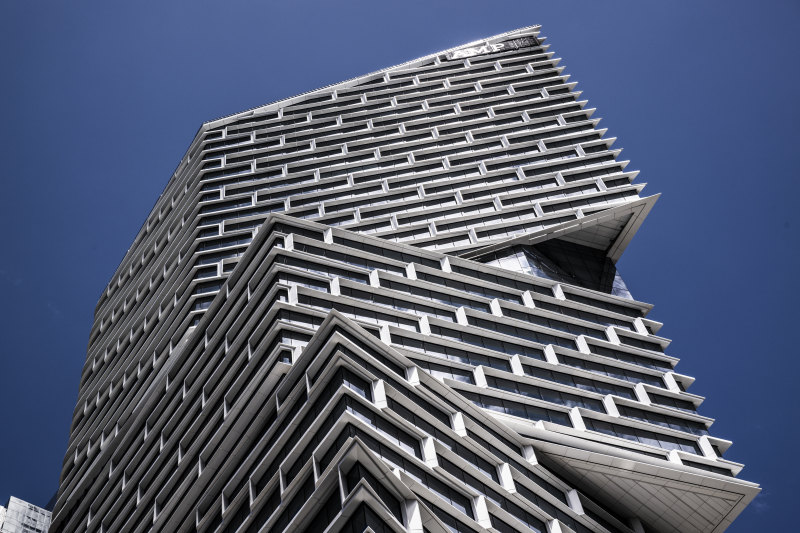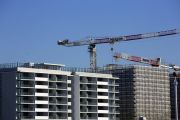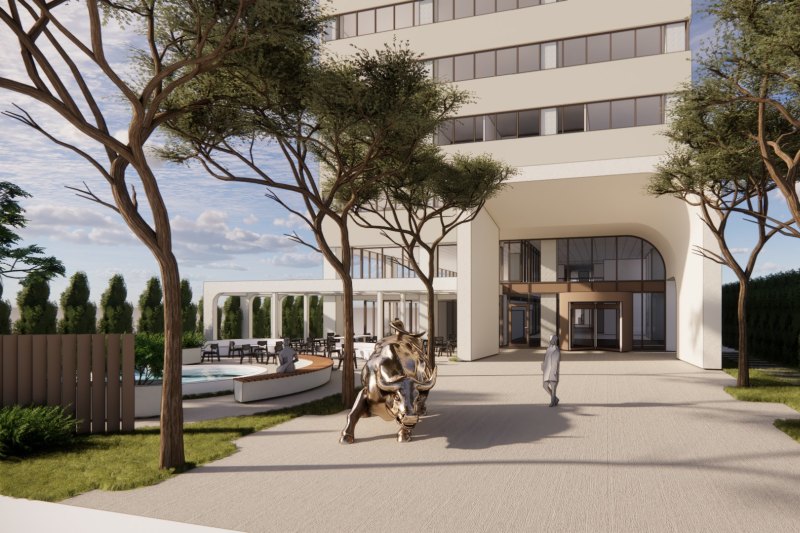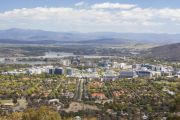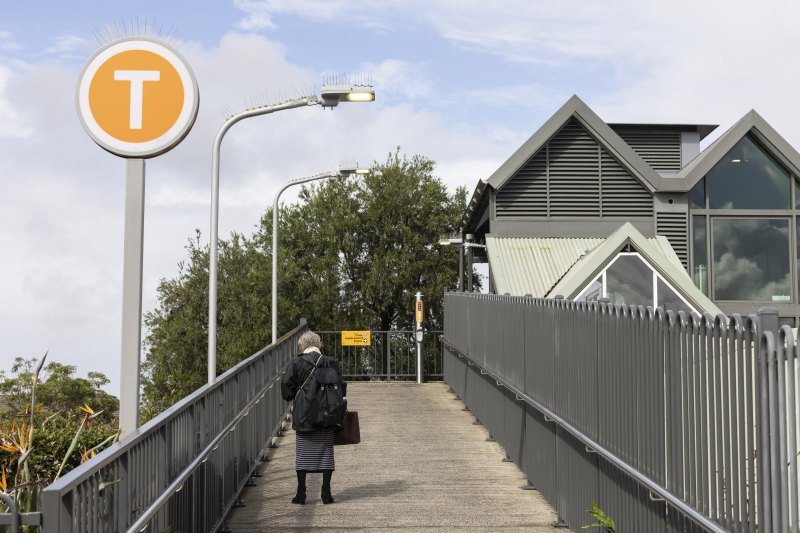
5700 new homes can be built on Sydney’s north shore. Why aren’t they?
The NSW government’s transport-oriented rezoning reforms could unlock enough prime real estate across Sydney’s north shore to house 5700 new apartments in six months.
But fears that local councils would nevertheless stymie higher density housing has deterred developers from snapping up those sites and building on them, agents and developers said.

The new controls are mainly around public transport nodes and allow for six-storey apartment blocks to be built within 400 metres of a train station.
As a result, there has been a surge in opportunities up for grabs near those stations, particularly in Sydney’s north shore, as landowners look to take advantage of the development upside gained from the reforms.
But while some lots are changing hands, in other cases developers are hesitating.
Chinese property giant Aqualand has been among the early movers to jump on opportunities, acquiring two Roseville sites that span 3500 square metres at 1-5 Pockley Avenue and 2-4 Larkin Street for over $44 million, according to sources familiar with the deal but not authorised to speak publicly. On that land, Aqualand could build an estimated 100 apartments.
Colliers real estate agent Guillaume Volz said Aqualand and others have acquired or were in due diligence on about 3 hectares in total of sites slated for development under the government reforms. Fully developed, those sites could deliver as much as 75,000 square metres of gross floor area, or 900 apartments, according to Mr Volz.
“It’s where developers want to buy, especially in Roseville which has been very popular and ticks all the boxes for future development,” he said.
As well as those sites that have already sold or are set to sell, there are still over 170,000 square metres of sites within 400 metres of stations in the north shore – Gordon, Killara, Lindfield and Roseville – on the market, according to analysis by The Australian Financial Review.
Under the new rules, the land could deliver as much as 420,000 square metres of housing, or just over 4800 homes, according to listings shared by industry sources. The majority of those opportunities comprise freestanding houses where owners have come together to sell their neighbouring properties in one lot.
In total, there’s enough land near train stations on Sydney’s North Shore coming onto the market to accommodate at least 5700 new homes.
It would be welcome news for the NSW government’s ambitions to build 377,000 homes in five years under the national housing accord if developers had enough confidence to pursue all those opportunities.
Within those housing targets, the state government expects as many as 5272 apartments apiece to be built near train stations at Gordon and Killara, 5935 units at Lindfield and 6101 dwellings at Roseville. In total that amounts to 22,580 new homes over 15 years.
Planning Minister Paul Scully said the growing number of sites becoming available showed that there was “clearly interest in building more housing near existing transport infrastructure”.
“Lot consolidation was always going to have to happen in the transport-oriented development [TOD] areas before development applications can be submitted, so this is a positive response to our reforms,” he said.
Uncertainty deterring developers
However, while some sites are finding buyers, the majority remain on the market with developers uncertain whether the density reforms could yet be watered down by local councils.
Within the Ku-ring-gai local government area, which encompasses those four stations, the local council has launched legal proceedings to block the state government’s reforms. It has at the same time put forward its own masterplan for building 45-storey apartment buildings in Gordon to preserve heritage elsewhere in its locality. The master plan has been panned by real estate agents and builders as being unnecessarily expensive.
“The hard part that we’re going through are the court challenges which has made it hard for buyers to assess the risk,” Mr Volz said. “That, fundamentally, has been why it hasn’t caught the imagination of developers. These negatives have made it all a bit too hard for buyers to get into it as there are fears of changes.”
Mr Scully called on the Ku-ring-gai Council to support housing in suburbs where there was infrastructure capacity instead of opposing sensible growth.
But Ku-ring-gai Mayor Christine Kay said the council has been supportive of additional housing supply, arguing that enough housing could still be delivered while preserving heritage conservation areas.
“On October 30, council resolved to exhibit four alternate housing scenarios, which all deliver the same level of housing supply as the government’s TOD policy. Council’s scenarios, however, seek to retain and protect heritage conservation areas and improve urban tree canopy outcomes,” she said.


